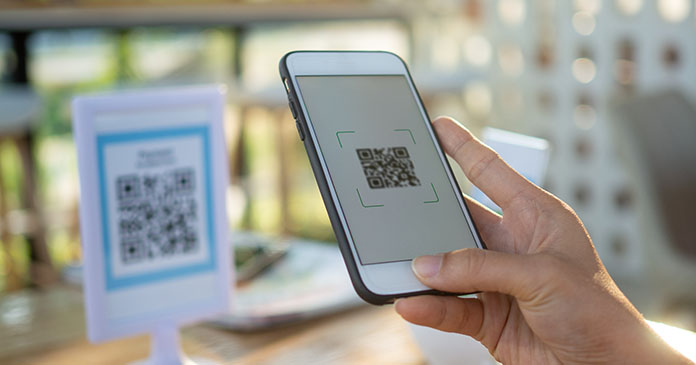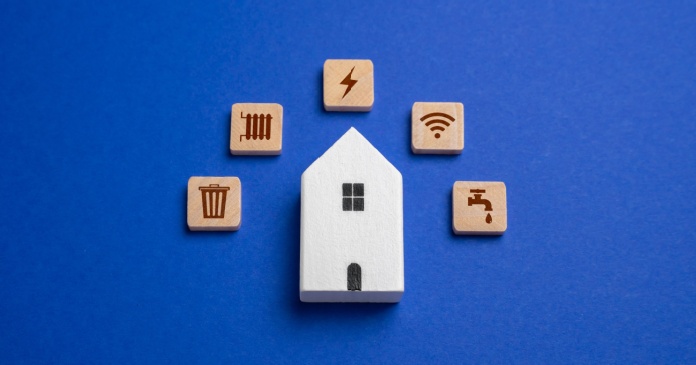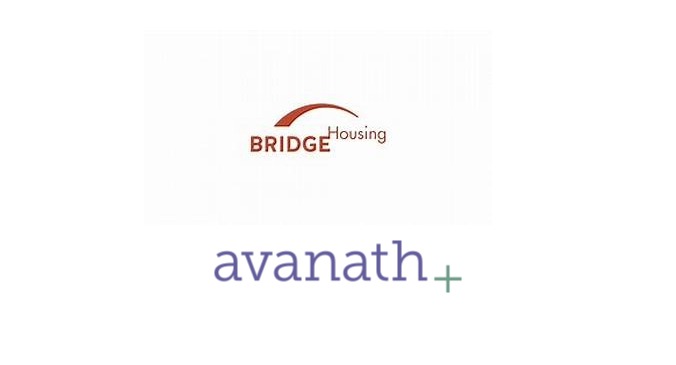What are QR codes?
They come to us from Japan where they are very common. QR is short for Quick Response; they can be read quickly by a cell phone. They are used to take a piece of information from a transitory media and put it in to your cell phone. You will soon see QR Codes in magazine advertisements, on a billboards, a Web page or even on someone’s t-shirt.
Once it is in your cell phone, it may give you details about that business, allowing users to search for nearby locations, or details about the person wearing the t-shirt, show you a URL which you can click to see a trailer for a movie, or it may give you a coupon which you can use in a local outlet.
The reason they are more useful than a standard barcode is that they can store (and digitally present) much more data, including url links, geo coordinates, and text.
The other key feature of QR Codes is that instead of requiring a chunky handheld scanner to scan them, many modern cell phones can scan them.
How does the cell phone read the code?
The cell phone needs a QR code reader, like one from Kaywa. It takes literally 1 minute for someone with an iPhone or Android phone to find and install the reader.
How do you generate a code?
You can easily generate a QR code using a site like Kaywa.com or you can use the Open Source code to generate codes for you if you have a smart developer on hand. Google also has a tool.
How can you use QR codes to benefit your company?
We are only just scratching the surface of how they will be used. Some brands have already starting adopting QR codes in their editorial and used it in very engaging ways, but 99 percent of brands haven’t. The potential is there and their uses are almost unlimited.
A QR code is one of the easiest codes to set up; in essence, it is a barcode with a URL attached. The QR code can link to any page the owner specifies, saving the need for manual entry of a URL.
Here are ten ways to use QR codes, whether B2B or B2C:
Business cards
The humble business card could do with a face lift. QR the card and allow a landing page of detail about the business or individual.
Invoices
Placing a QR code on the bottom of your bill is a simple and cost effective way of engaging a consumer, especially for brands with a mobile savvy demographic.
Product labels
Whether on swing tickets or on the printed product information, the QR code could link to a dedicated landing page that brings up all of the product information.
Direct mail
Why not place a QR code on the bottom of printed and digital communication directing to the landing page showing further content or encouraging readers to opt in to electronic mailing rather than postal?
Shop windows
Direct consumers to your store page for the location allowing them to bookmark the details including opening hours etc.
Public transportation
How often do you look at the seat in front of you when on the train? Why not put a QR code on the back of every seat and sell the advertising space, the great thing is the URL can be changed without the need to re-label the seats. Advertising opportunity also exists on the label.
Conferences
We all have badges scanned, but using QR codes on stands allows potential clients to bookmark your chosen contact details, saving business cards and engage the client.
Newspapers
On every offline ad, put the QR code to divert to a digital experience or Facebook page.
Prescriptions
Every drug sold comes with guidelines. Place a QR code on the packaging so the patient can view the instructions online.
Swimwear
This one is a little different and tongue in cheek but that’s no bad thing. Print a QR on the back of trunks or bikinis very similar to the year that Aussie Bum print on their swimwear linking to the wearers Facebook profile.
Think out of the box: Project QR codes on buildings, place them on billboards, or bills, allo wing us to go straight to the payment portal.
Author: Mark Sprague














